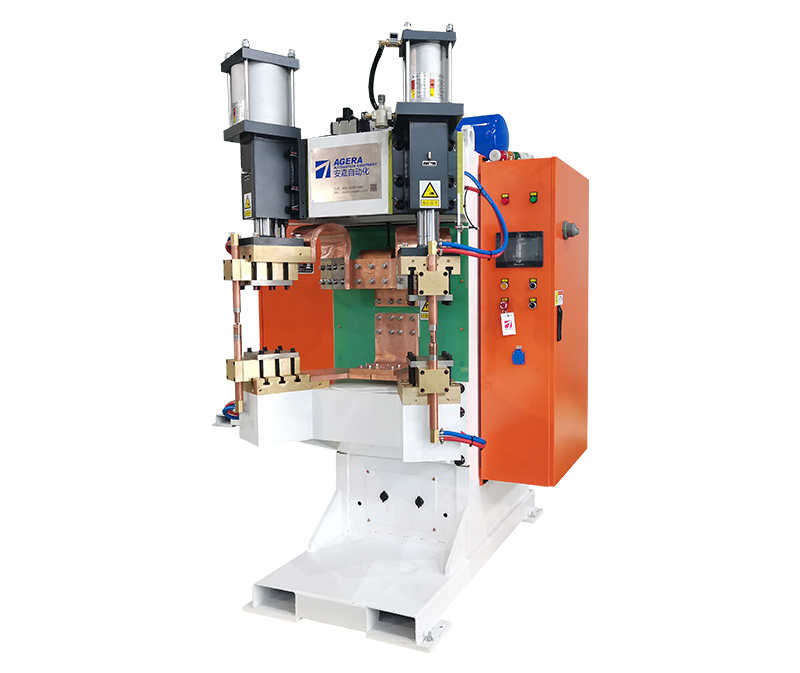Solutions to Weld Spot Fracture in Nut Spot Welding Machines
Weld spot fracture can be a challenging issue encountered during the operation of nut spot welding machines. The integrity of the weld joint is compromised when weld spots fail to withstand the applied loads or environmental stresses. In this article, we will explore the common causes of weld spot fracture and present effective solutions to address this problem.
- Root Causes of Weld Spot Fracture:
- Insufficient Weld Penetration: Inadequate heat input or insufficient pressure during welding can lead to incomplete fusion, resulting in weak weld spots prone to fracture.
- Material Incompatibility: Mismatched materials with different thermal expansion coefficients can cause stress concentrations and promote fracture at the weld interface.
- Electrode Contamination: Contaminated electrodes may introduce impurities into the weld pool, weakening the joint’s mechanical properties and leading to premature failure.
- Weld Spot Size and Shape: Improper weld spot geometry, such as excessive width or irregular shape, can induce stress concentration points and promote fracture initiation.
- Enhanced Welding Parameters: Optimizing welding parameters is essential to address weld spot fracture. Increasing welding current, electrode pressure, and welding time can improve weld penetration and fusion, resulting in stronger weld spots.
- Material Selection: Choosing compatible materials with similar mechanical properties and thermal expansion coefficients can reduce stress concentrations and enhance weld joint integrity.
- Electrode Maintenance and Cleaning: Regular maintenance and cleaning of electrodes are crucial to prevent contamination during welding. Proper electrode care ensures a consistent and high-quality weld spot formation.
- Weld Spot Design and Inspection: Proper design of weld spots, including size and shape, can help distribute stress more evenly and minimize the risk of fracture. Additionally, conducting regular inspections and non-destructive testing can detect potential defects early, allowing for timely corrective actions.
- Annealing and Post-Weld Treatment: Applying annealing or post-weld treatments can help relieve residual stresses in the weld joint, improving its ductility and resistance to fracture.
The prevention of weld spot fracture in nut spot welding machines requires a comprehensive approach that includes optimizing welding parameters, selecting compatible materials, maintaining electrodes, and implementing effective quality control measures. By addressing the root causes of weld spot fracture, manufacturers can ensure the production of robust and reliable weld joints, contributing to the overall performance and safety of welded components in various industries.
